- About Archives
- About SAA
- Careers
- Education
- Publications
- Advocacy
- Membership
In November and December of 2011, a survey was distributed to members of the Business Archives Sector of the Society of American Archivists to understand the extent to which this occurs, the tools that are employed, the goals established for such use, and the metrics used to evaluate the outcome.
The survey was distributed via the Business Archives Section listserv to all subscribers. Thirty-seven questions related to the use of social media were posed, some presented to those who indicated social media is used on behalf of their organization and some presented only to those who indicated social media is not used. The initial announcement was made in November 11 followed by a reminder on November 21 and a last call on December 12, 2011.
Thirty-five respondents provided background information. Their job titles were varied and ranged from corporate archivist to manager of archives and information resources to principal.
The number of years in their current position varied widely as well and ranged from 1 to 34 years. The size of the organization ranged from less than 1,000 to more than 10,000, and the size of the archival staff ranged from 1 employee to more than 5.
Only 17 (49%) respondents indicated that they or someone within the archives use social media; the remaining 18 (51%) indicated that they do not.
Seventeen respondents indicated they personally or another member of their staff use social media for the work of the archives. Eighteen replied they did not.
This question was used to branch respondents to additional questions. Those who indicated yes were asked about current use of social media tools and associated initiatives. Those who indicated no were asked about plans to use social media in the future.
Of the seventeen respondents who indicate they or their staff use social media on behalf of the organization, one stated they had been doing so for more than 5 years; 4 for between 3 and 5 years; 8 for between 1 and 2 years; and 4 less than a year.
Fifteen of the seventeen respondents who indicated they use social media for the work of the archives use web-based technologies (e.g., Facebook, Twitter). Nine respondents indicated the use of web-based technologies only; two indicated Enterprise-wide technologies only (e.g. SharePoint, Yammer), and 6 indicated both web-based and enterprise-based social media technologies are used.
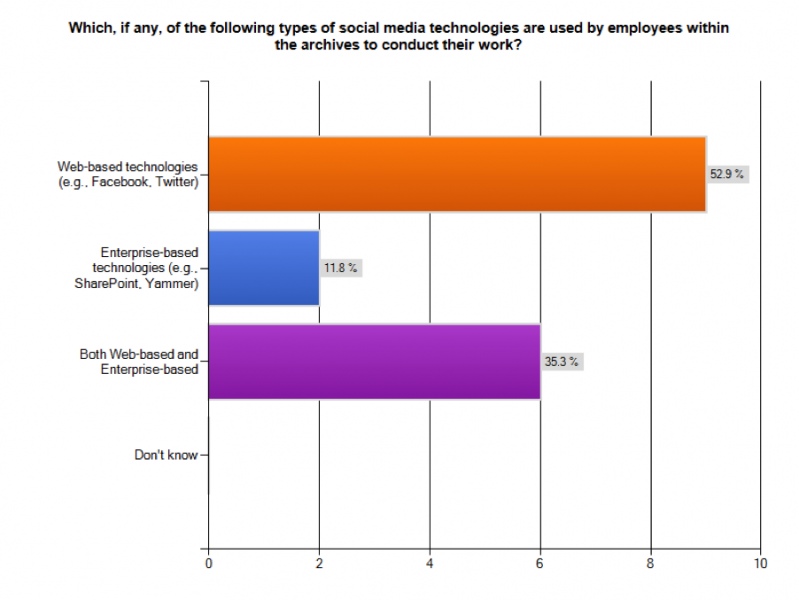
Chart 1: Type of social media technologies in use.
The majority of respondents utilize the technology for awareness campaigns to promote their institution and promote archival materials or support brands to drive advocacy for the archive (see Chart 2).
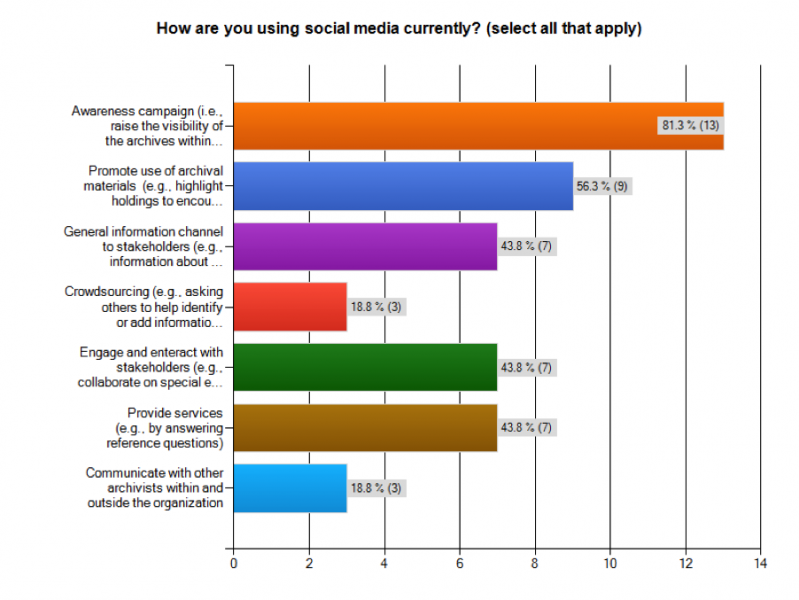
Chart 2: Purpose for use of social media
Two “other” responses were cited:
In spite of the use of social media within these 17 archives, financial resources are not allocated to the use of social media in any of their budgets.
Facebook, Twitter, and YouTube were listed as the top three social media tools to be incorporated into social media strategies by those responding to a recent social media and marketing survey (2011).[i]
These tools are used by employees within the organization to reach out to the public and would be most useful if the archives were striving to meet the first 3 goals listed in Chart 1: awareness, promotion, and information dissemination.
Facebook is also the most popular social media network among respondents to the Business Archives Section survey. But blogs and LinkedIn come in second and third, with YouTube and Twitter following, as shown in Chart 3.
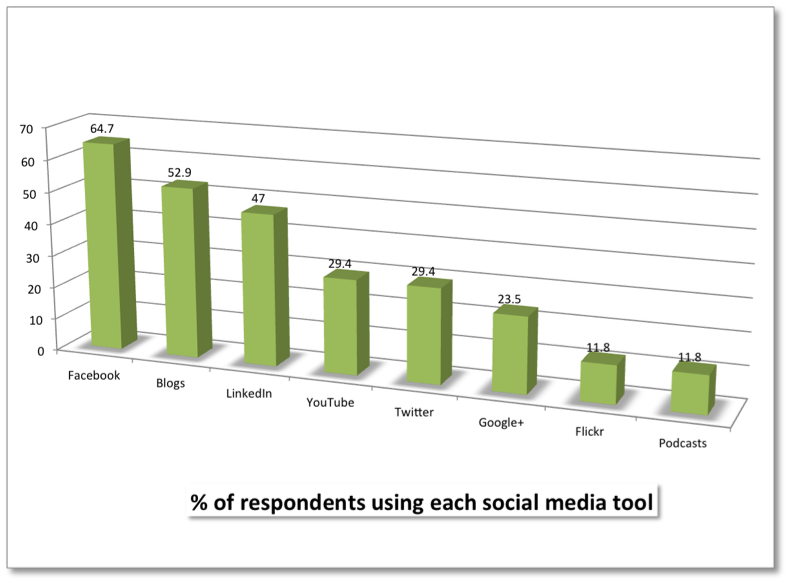
Chart 3: Social media in use by BAS members.
Social media tools are also employed to communicate, collaborate, and conduct work within the enterprise. The percentages of BAS members employing these tools are shown in Chart 4, along with other productivity technologies that may engage the public (e.g., Yammer and Crowdsourcing).
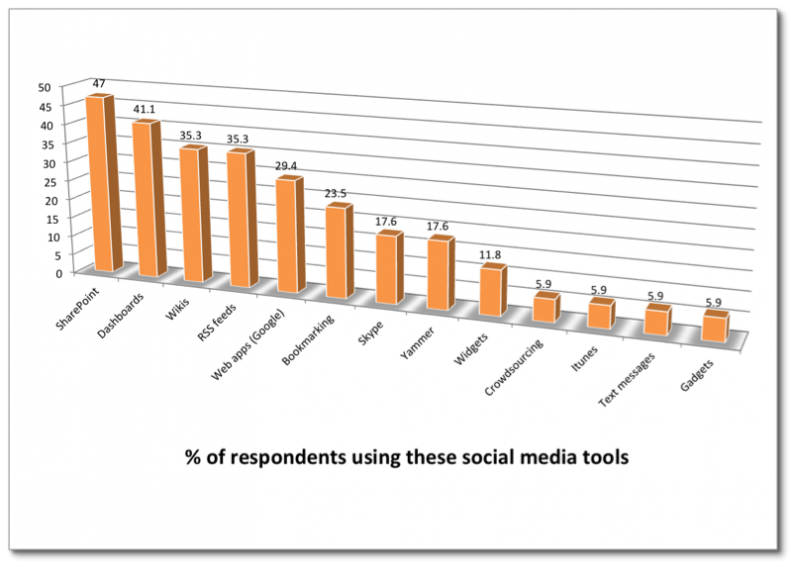
Chart 4: % of BAS members using these social media tools.
Social media is often introduced into an organization by employees who used it first in their private lives. But social media initiatives should be planned in advance and support the core mission of the corporate archives. The answers to questions 23 to 36 provide insight into the planning process.
Sixteen of the seventeen individuals who stated social media is used by archives staff responded to a question on the existence of a social media policy. Thirteen stated there was a social media policy in place, two said one was under development and 1 responded no. When asked if the archivist was involved in formulating the organization’s strategic plan, 15 said no, 1 said yes, and 1 was currently working with a team to determine the value of heritage to build advocacy through social media.
However, when asked if the archives has a strategic plan for social media use, only fourteen responded to the question. Of those, 1 responded yes, 7 said no, and 6 said one is under development. Three responded “other” and indicated 1) the organization has a strategic plan, 2) we have a plan but not in a formal document, and 3) all of our archival information is fed through our global communications departments that post historical information.
Fifteen responded when asked if the archives has written goals or objectives for the use of social media. Eleven said no, and 4 said yes. Two individuals indicated “other”: 1) in process of developing and 2) we have goals but not documented in detail in a planning document.
Ten respondents stated the archivist is responsible for providing content for the archives social media initiatives, three said all members of the archives staff share responsibility, and two stated that appointed archives staff assume this responsibility. Additional comments included 1) historian, 2) anyone who has time, 3) Global Communications request content which we provide, and 4) and Corporate communications.
When asked if the archives collects information about progress toward meeting social media/goals and objectives, 4 said they have no social media goals/objectives, 4 said yes, and 6 said no. Additional comments were: 1) in development, 2) we collect numbers of visitors in preparation for the future development of goals/objectives, and 3) value will be measured by brands and communicated to Archives. However, 9 respondents stated they evaluate the success of social media efforts; 7 said they do not, and additional comments include 1) I will be 2) measuring success is not sophisticated. Primarily it is based on the number of members that join our group and the number of comments made to our blogs and online posts, 3) we have a social media team in the company that does this, and 4) value/success will be measured and determined by brand and communicated to Archives.
Nine respondents explained how their archives measures success of social media initiatives. Eight of the nine track outputs, such as the number of Facebook fans, number of Twitter followers, and number of clicks on links. Six of the nine track outcomes as well, such as increased research requests, and increased access to and use of archival materials.
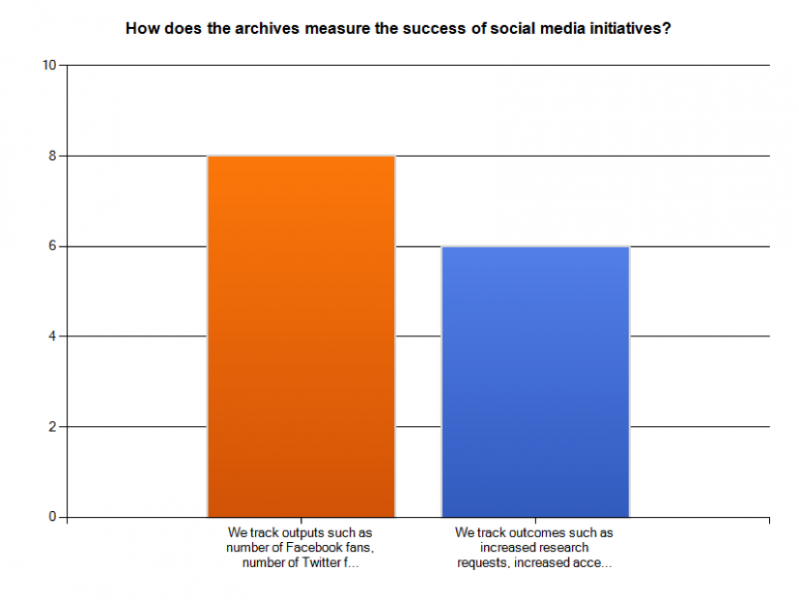
Chart 5: Success of social media initiatives measured by outputs and outcomes.
One of sixteen responses to a question about the use of specific tools indicated they upload content to more than one social media site at the same time using HootSuite. A second respondent indicated that direct postings are handled by a brand’s Interactive Agencies or their Community Managers who post automatically to both Facebook and Twitter or other SM tool that resonates with the brand’s customers.
When asked if content is captured from social media sites, of 16 responses, seven indicated yes and eight no. One did not know. Two methods to capture content were used most often: Using web capture tools to recreate local versions of sites and migrate content to other formats and Using RSS feeds, aggregators, or manual methods to capture content. One response indicated each of the following methods: Saving all content with associated metadata as the complete record, using web crawling and software to store content or to take snapshots of record content, and using platform specific application programming interfaces (APIs) to pull records content from social media sites). One respondent indicated that social media is captured by their IT department, and another stated that the collection is managed by the NS Social Media Team.
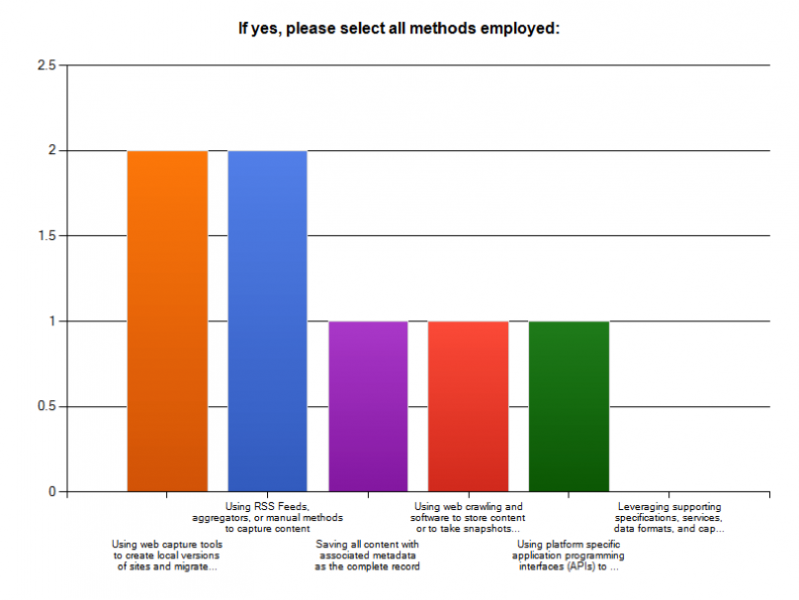
Chart 6: Methods employed to capture content from social media.
Lack of time was the biggest challenge to those using social media, cited by six respondents. Four respondents cited measuring value as a challenge, and three respondents were concerned with capturing and storing social media. Two were not allowed to have a social media presence that is public facing but can use internal tools or provide content for official company social media efforts. Additional challenges include copyright issues, communications oversight, confidentiality concerns, determining the best social media solution, and translating social media efforts into increased usage.
Seven respondents volunteered examples of successful social media initiatives.
Of those who indicated social media was not used on behalf of the archives, 7 stated that the use of social media is not a priority within the archives and six stated the use of social media is banned. Two indicated lack of sufficient staff and one lack of financial resources to support the use of social media. Additional comments stated that there is a dedicated social media person at the corporate level, it’s a tool they plan to use in the future, and the archives is only a year old and social media is a general strategy for the company and will probably eventually be for the archives.
When asked if there were plans to use social media in the future, nine said no, two yes, and seven said they did not know.
When those who stated there were plans to use social media in the future were asked how they would use it, they indicated awareness, promotion of archival materials, general information, crowdsourcing, and to provide services.
When asked if social media would be used in the future which tools would be employed, responses indicated blogs (2 responses) and Facebook (1 response). One respondent indicated that the future use of social media would be for internal applications.
Only a small percentage of members of the Business Archives Section participated. The findings are interesting nonetheless. Less than half of the respondents use social media on behalf of the archives. More than one half of those use web-based technologies (e.g., Facebook, Twitter), and more than one-third use both web-based and enterprise social media technologies.
Facebook is the preferred tool, followed by blogs and LinkedIn. These tools are used for awareness, promotion, and information dissemination. The four most used productivity tools are SharePoint, Dashboards, Wikis, and RSS Feeds.
The majority of the respondents who use social media on behalf of the archives have social media policies in place, but only two of the respondents either participated or are currently participating in social media policy development. Survey results indicate that evaluation of social media initiatives is in its infancy. Quantitative data rather than qualitative data are gathered most often. Four respondents specified that measuring value is a major challenge.
Seven respondents describe their most successful social media initiatives. Blogs and microblogs (e.g., Twitter and Yammer) appear in 5 of the 7 stories. As success stories are shared, more archivists may decide to implement their own social media initiatives. The data derived from this study could be used as a benchmark for an annual study to measure the growth of the use of social media among members of the Business Archives Section of the Society of American Archives.
Questions about this survey can be directed to Dr. Franks at patricia.franks@sjsu.edu.
[i] Booz&co. (2011, October). Campaigns to capabilities: Social media & marketing 2011. Retrieved from http://www.booz.com/media/file/BoozCo-Campaigns-to-Capabilities-Social_media-and-Marketing-2011.pdf on February 11, 12.
<< Previous: Message from the Chair | Spring/Summer 2012 | Next: Mix-&-Match Archives Outreach Plan >>
"Absolutely! Telegram SMM panels like SMMVALY are game-changers for anyone looking to grow their channel fast. They not only boost subscribers and engagement but also save time and effort, making digital marketing smarter and more efficient. A must-have tool for influencers and businesses aiming for strong Telegram presence in Bangladesh and beyond!" https://smmvaly.com/blog/telegram-smm-panel
Engaging with social media platforms is essential for corporate archivists looking to increase visibility and connect with broader audiences. Utilizing visual-driven networks like Pinterest can be particularly effective in showcasing archival materials, creating thematic boards, and driving interest through compelling imagery. To explore collaboration opportunities or get support, consider reaching out directly to contact pinterest. Such platforms offer unique ways to share historical content and promote meaningful engagement beyond traditional channels.